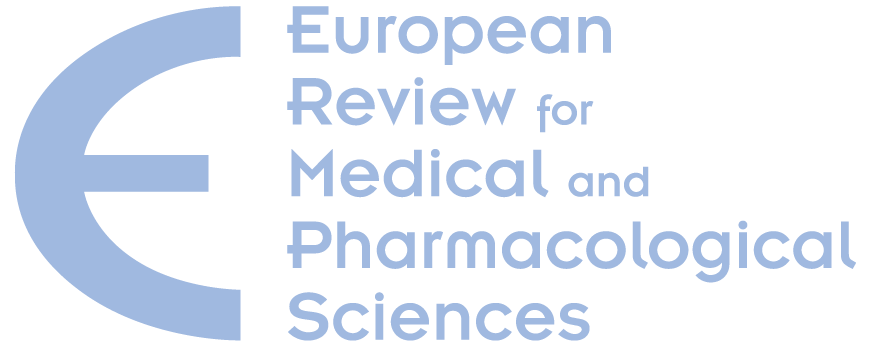Effects of three treatment modalities (diet, myoinositol or myoinositol associated with D-chiro-inositol) on clinical and body composition outcomes in women with polycystic ovary syndrome
M. Le Donne, D. Metro, A. Alibrandi, M. Papa, S. Benvenga Department of Human Pathology in Adulthood and Childhood “G. Barresi”, University of Messina, Messina, Italy. mledonne@unime.it
OBJECTIVE: To evaluate, in overweight/obese PCOS women, which of three distinct treatment modalities achieved the greatest clinical benefits in terms of clinical and body composition outcomes.
PATIENTS AND METHODS: Forty-three polycystic ovary syndrome (PCOS) overweight/obese patients were randomly treated for 6 months with: only diet (Group 1, n = 21); diet and myo-inositol (MI) 4 g + folic acid 400 µg daily (group 2, n = 10); diet in association with MI 1.1 g + D-chiroinositol (DCI) 27.6 mg + folic acid 400 µg daily (group 3, n = 13). Menstrual cycle, Ferriman-Gallwey score, body mass index (BMI), waist circumference, hip circumference, waist-hip ratio (WHR), and body composition by bioimpedentiometry were measured at baseline, 3 and 6 months.
RESULTS: Body weight, BMI, waist and hip circumferences decreased significantly in all groups. There was a significant difference between the 3 groups regarding the restoration of menstrual regularity (p = 0.02) that was obtained in all patients only in-group 3.
CONCLUSIONS: MI+DCI in association with diet seems to accelerate the weight loss and the fat mass reduction with a slight increase of percent lean mass, and this treatment contributes significantly in restoring the regularity of the menstrual cycle.
Free PDF Download
This work is licensed under a Creative Commons Attribution-NonCommercial-NoDerivatives 4.0 International License
To cite this article
M. Le Donne, D. Metro, A. Alibrandi, M. Papa, S. Benvenga
Effects of three treatment modalities (diet, myoinositol or myoinositol associated with D-chiro-inositol) on clinical and body composition outcomes in women with polycystic ovary syndrome
Eur Rev Med Pharmacol Sci
Year: 2019
Vol. 23 - N. 5
Pages: 2293-2301
DOI: 10.26355/eurrev_201903_17278
Publication History
Published online: 15 Mar 2019
